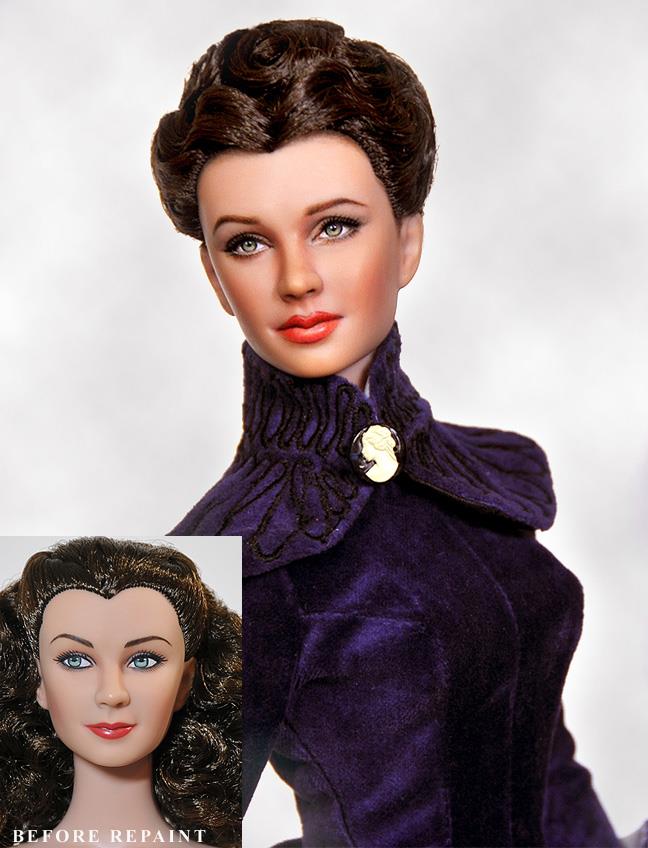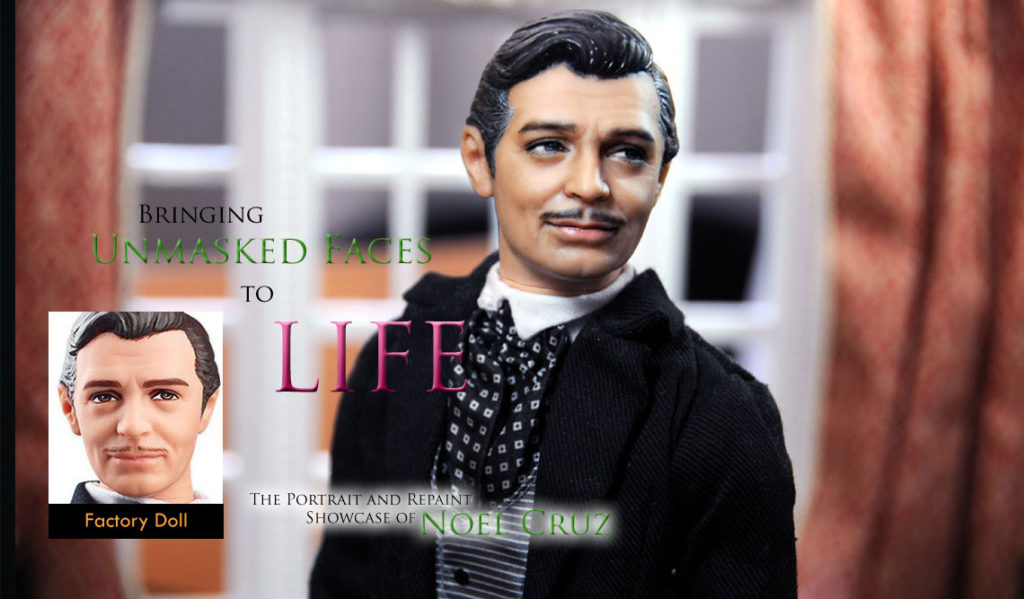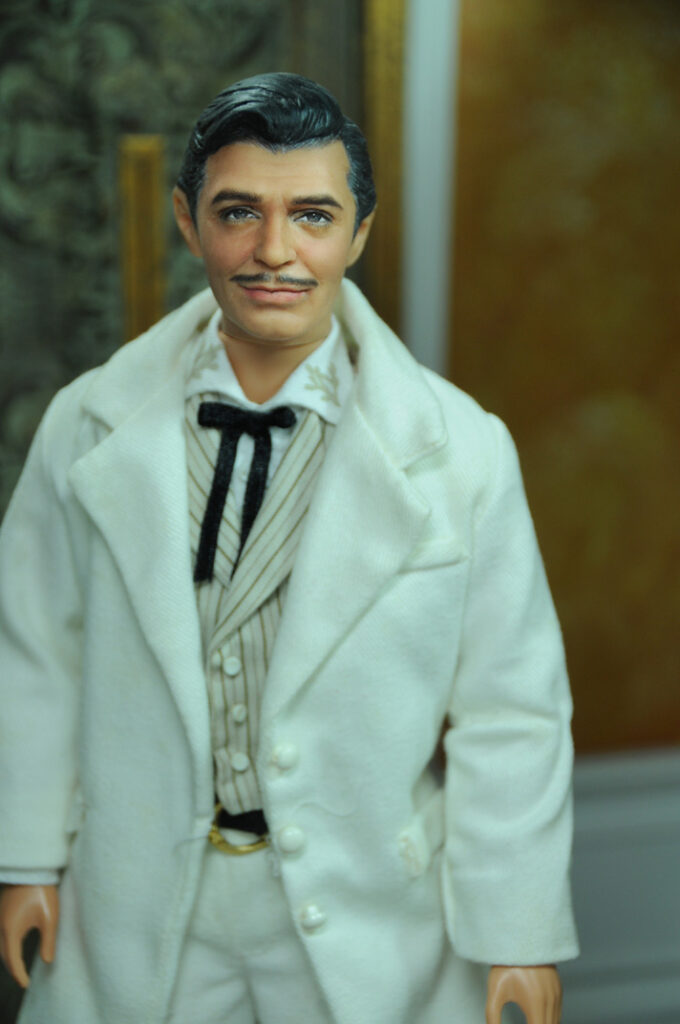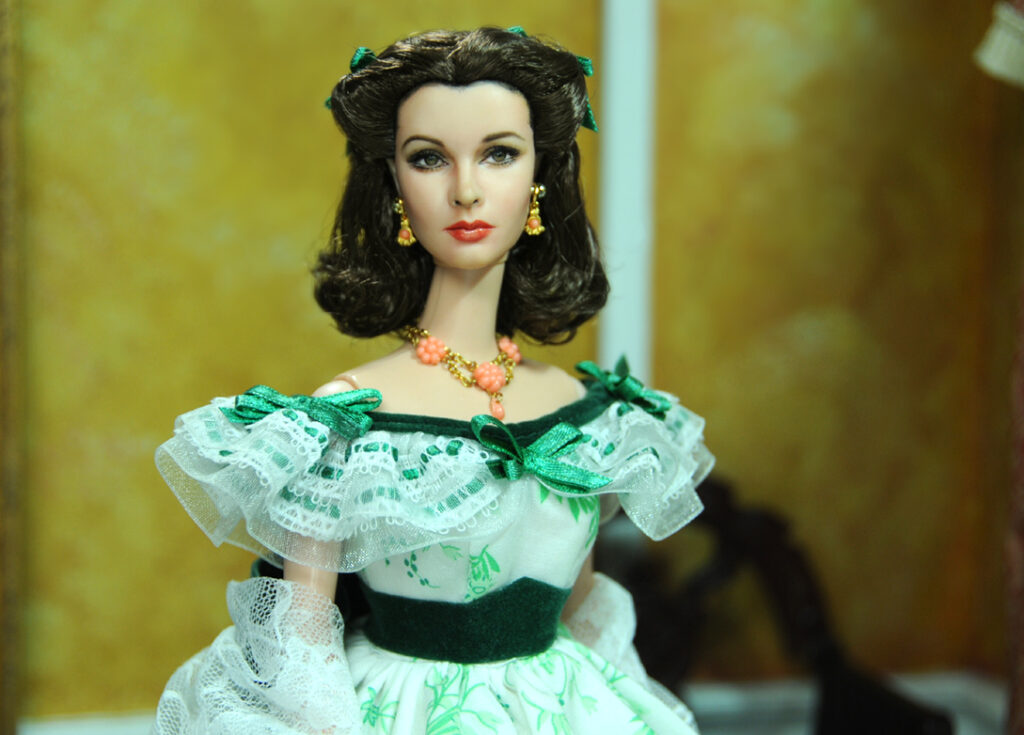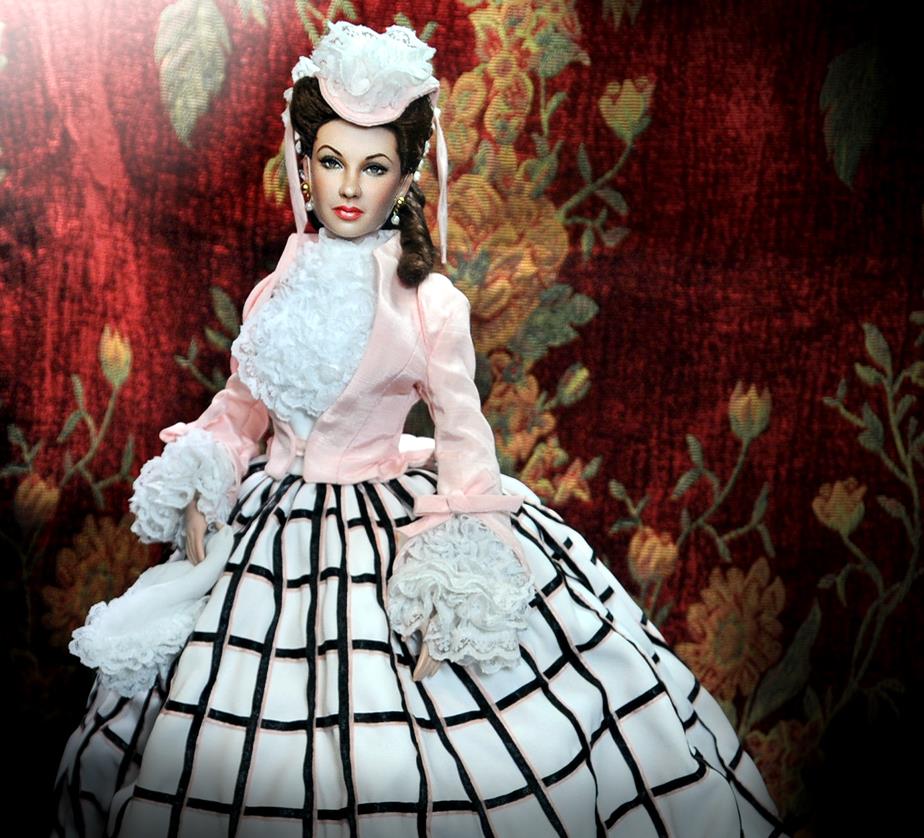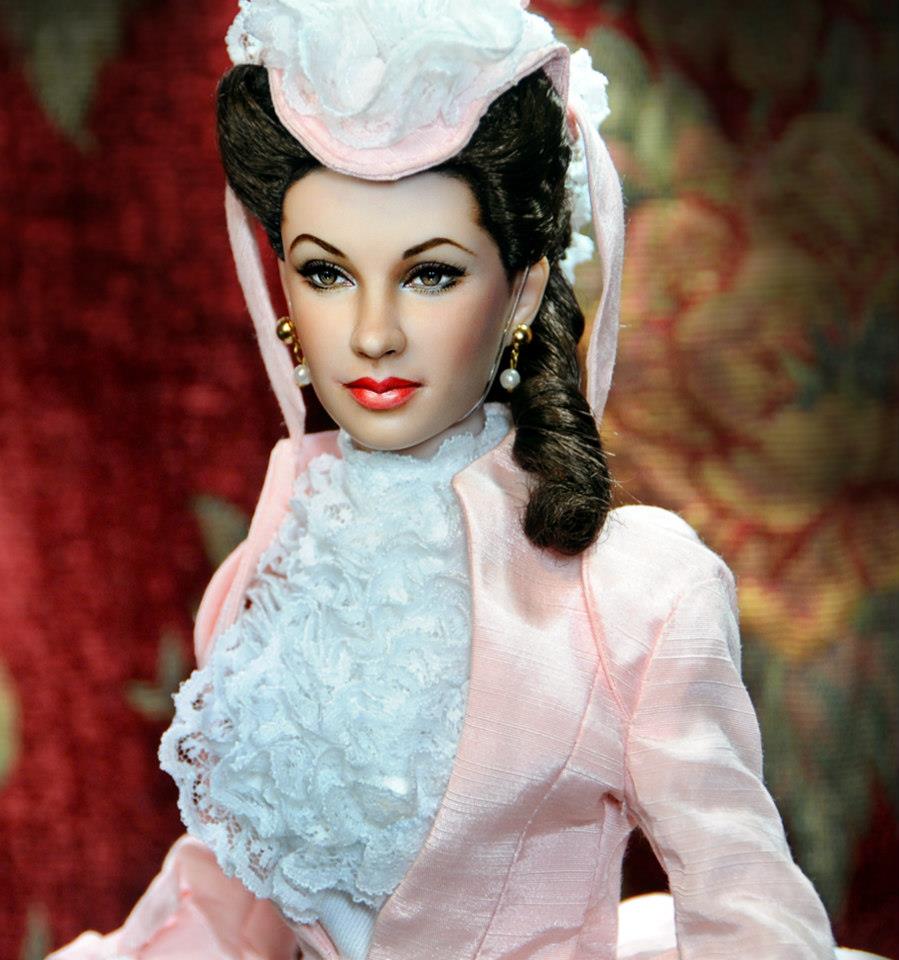
From Wikipedia:
Gone with the Wind is a 1939 American epic historical romance film adapted from the 1936 novel by Margaret Mitchell. The film was produced by David O. Selznick of Selznick International Pictures and directed by Victor Fleming. Set in the American South against the backdrop of the American Civil War and the Reconstruction era, the film tells the story of Scarlett O’Hara, the strong-willed daughter of a Georgia plantation owner. It follows her romantic pursuit of Ashley Wilkes, who is married to his cousin, Melanie Hamilton, and her subsequent marriage to Rhett Butler. The leading roles are played by Vivien Leigh (Scarlett), Clark Gable (Rhett), Leslie Howard (Ashley), and Olivia de Havilland (Melanie).

Production was difficult from the start. Filming was delayed for two years because of Selznick’s determination to secure Gable for the role of Rhett Butler, and the “search for Scarlett” led to 1,400 women being interviewed for the part. The original screenplay was written by Sidney Howard and underwent many revisions by several writers in an attempt to get it down to a suitable length. The original director, George Cukor, was fired shortly after filming began and was replaced by Fleming, who in turn was briefly replaced by Sam Wood while Fleming took some time off due to exhaustion.

The film received positive reviews upon its release in December 1939, although some reviewers found it to be too long. The casting was widely praised, and many reviewers found Leigh especially suited to her role as Scarlett. At the 12th Academy Awards, it received ten Academy Awards (eight competitive, two honorary) from thirteen nominations, including wins for Best Picture, Best Director (Fleming), Best Adapted Screenplay (posthumously awarded to Sidney Howard), Best Actress (Leigh), and Best Supporting Actress (Hattie McDaniel, becoming the first African American to win an Academy Award). It set records for the total number of wins and nominations at the time.

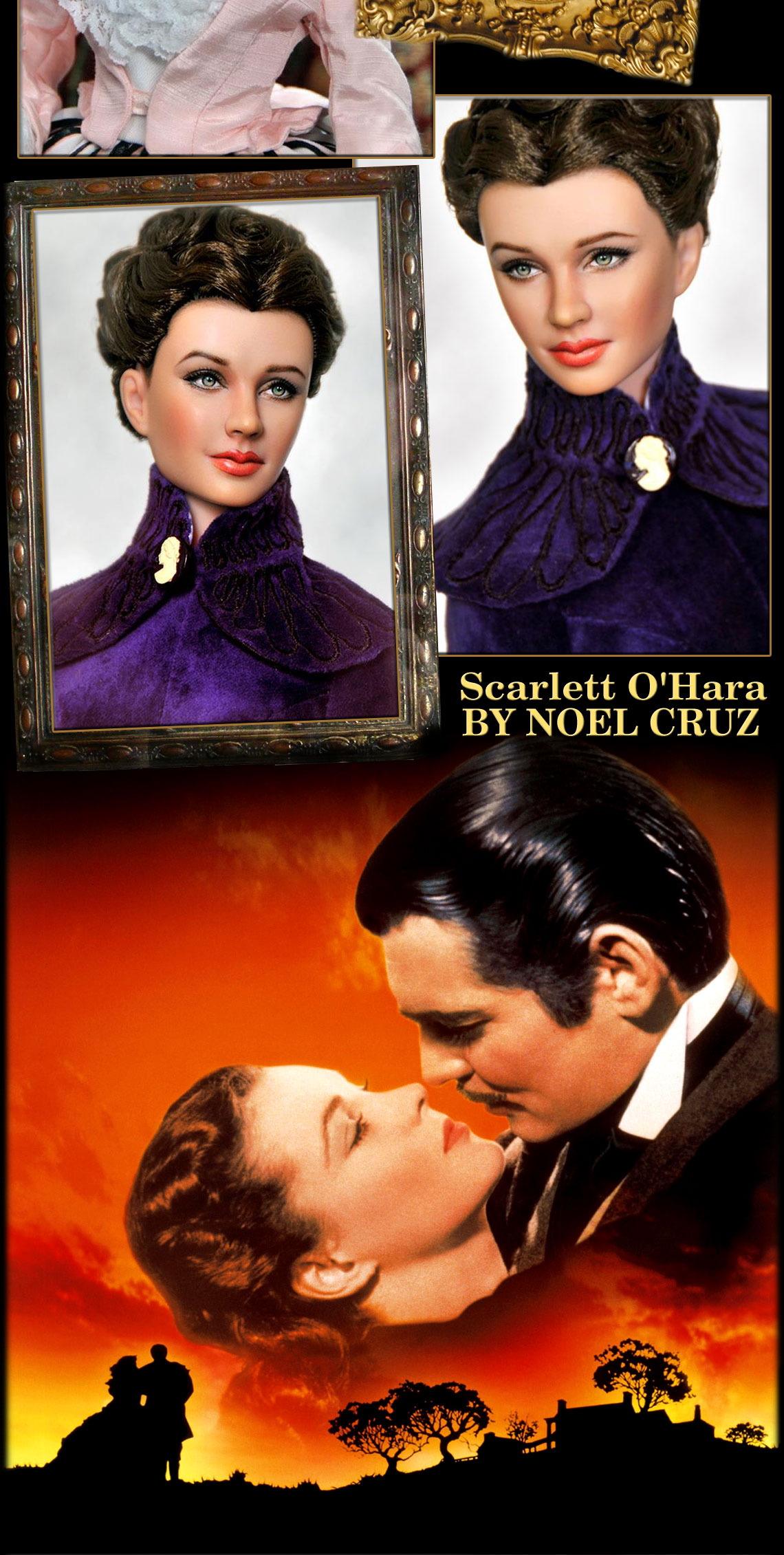




Gone with the Wind was immensely popular when first released. It became the highest-earning film made up to that point, and held the record for over a quarter of a century. When adjusted for monetary inflation, it is still the highest-grossing film in history. It was re-released periodically throughout the 20th century and became ingrained in popular culture. The film is regarded as one of the greatest films of all time; it has placed in the top ten of the American Film Institute‘s list of the top 100 American films since the list’s inception in 1998. In 1989, the United States Library of Congress selected it for preservation in the National Film Registry.
